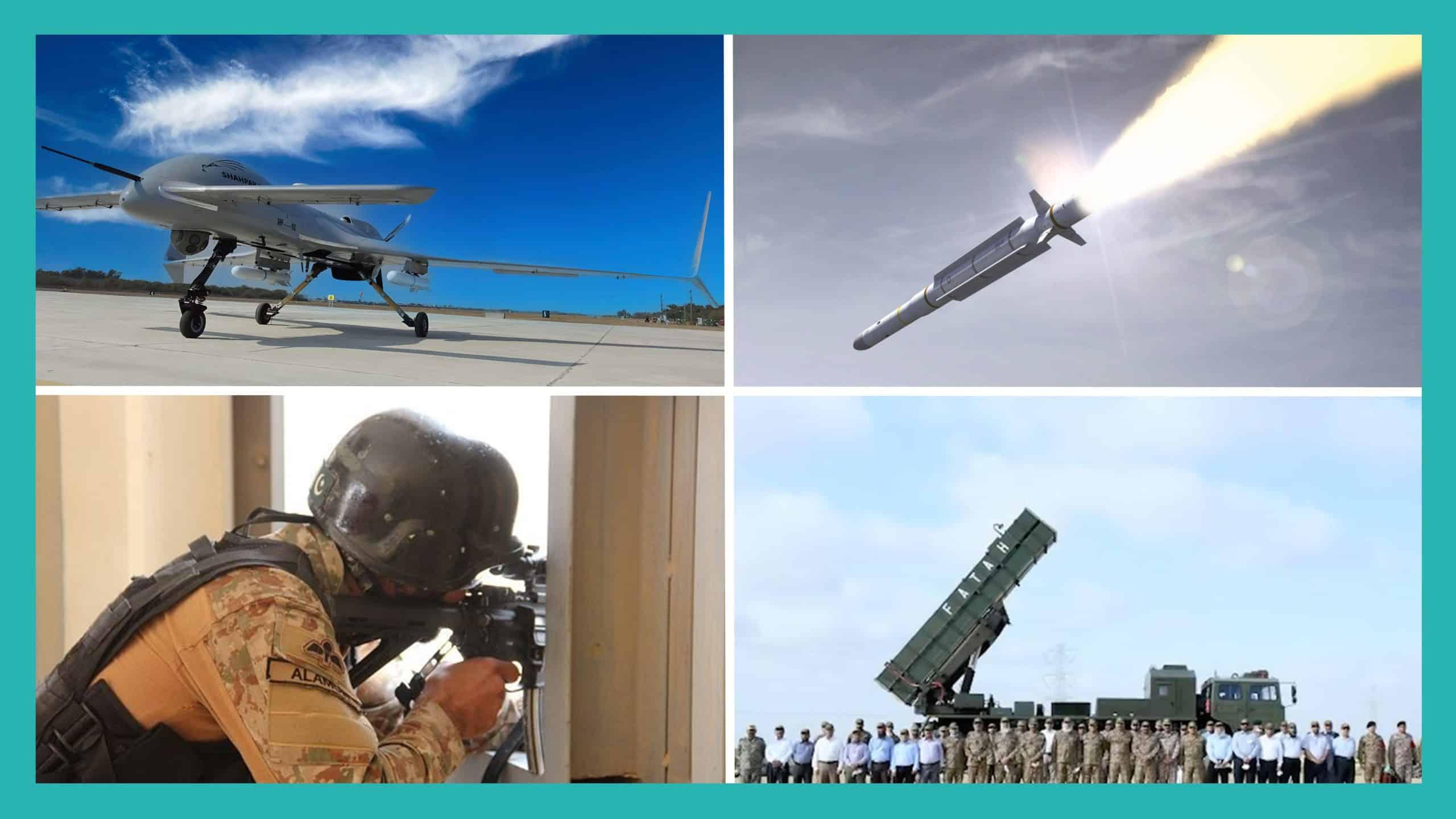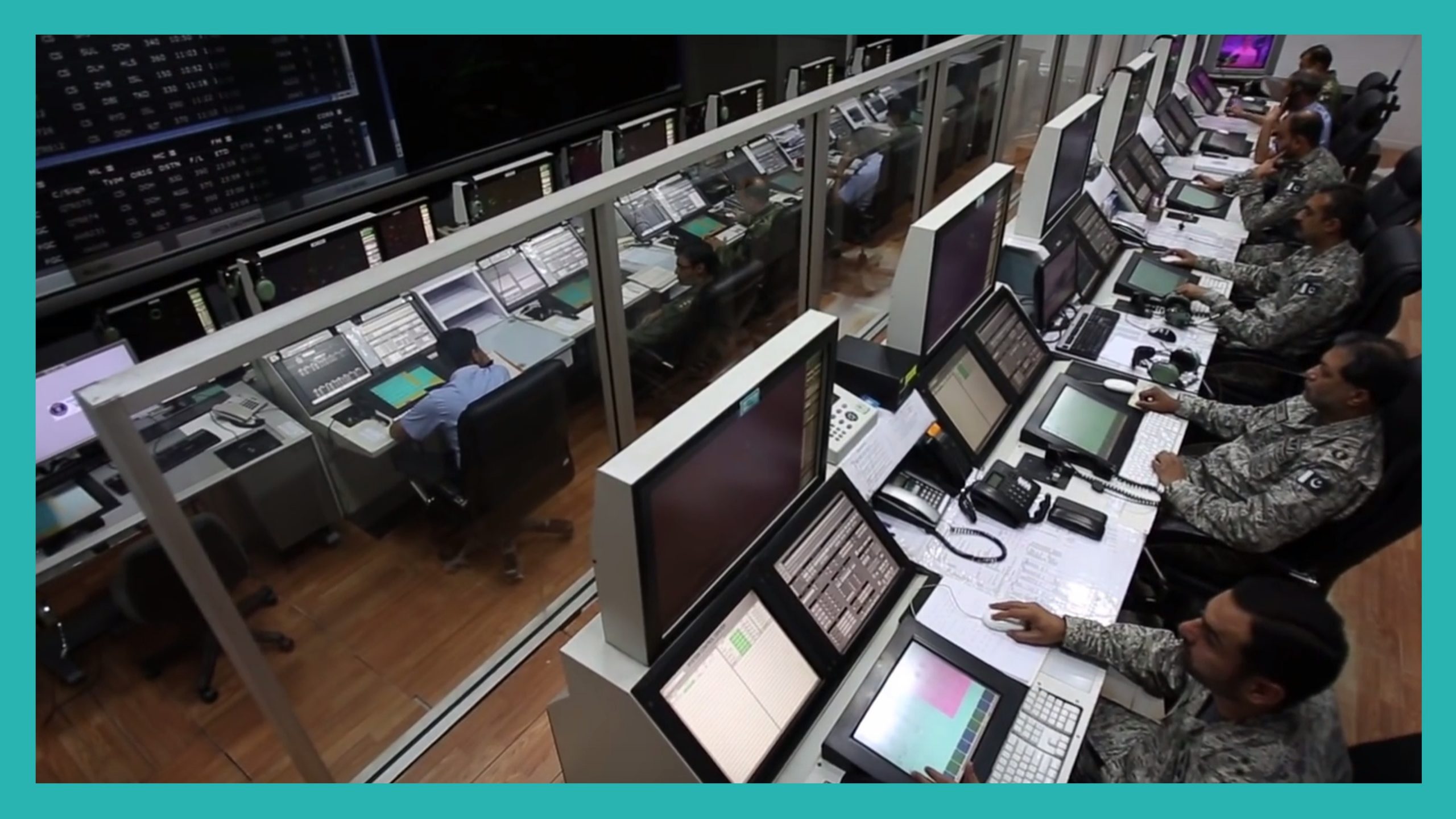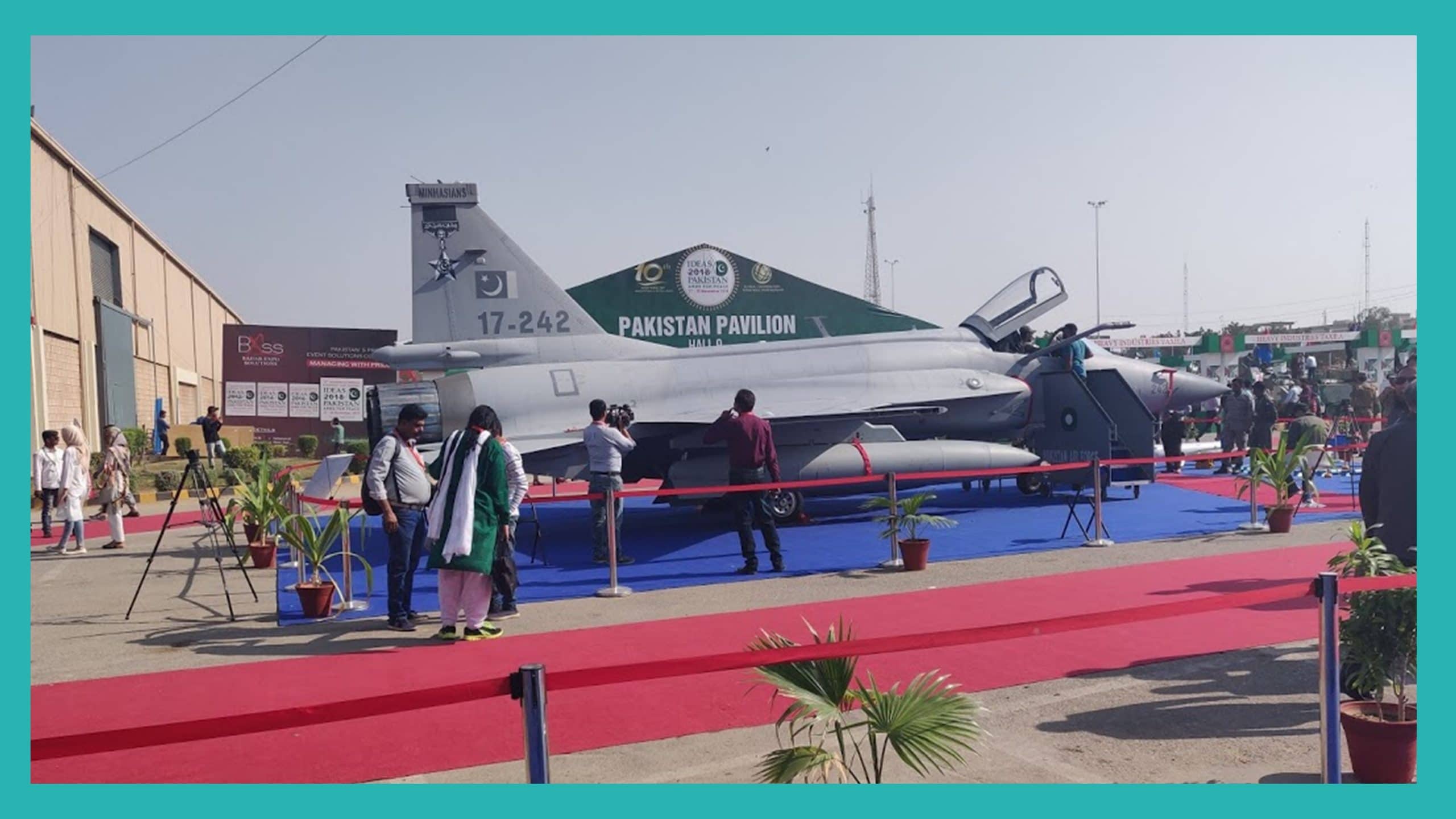2191Views 0Comments

Lessons from Ukraine: How Pakistan Can Fine-Tune its A2/AD
One salient lesson of the Russia-Ukraine War is that conventional, state-versus-state war can manifest in different forms. Traditionally, in South Asia, defence planners (especially on the Pakistani side) were more accustomed to the prospect of a quick conflict spanning several weeks. Regardless of who would “win” or “lose” in such a war, the two sides – and the international community – would settle it in the short-term.
However, when one or both sides refuse to give up on their strategic aims, such a conventional war could endure for a markedly longer period of time, potentially many months.
Granted, Russia might blame the sanctions and other external pressures for prolonging the war. Likewise, Ukraine will credit the support it received from the West for fortifying its continued stand. But in the end, when the two warring sides are closer in their overall military capabilities (than further away), the ability to achieve strategic goals (be it to annex territory or reclaim it) become substantially more difficult.
In the recent weeks of this war, Russia is finding that Ukraine’s anti-access and area-denial (A2/AD) profile is becoming a serious obstacle to preserving, much less solidifying, its gains. Ukraine’s A2/AD capabilities currently center on the deployment of precision-guided rockets, drones, and surface-to-air missile (SAM) systems. This is combined with a well-trained and increasingly well-equipped infantry capable of disabling and, potentially, capturing enemy equipment through ambushes and air/artillery-coordinated attacks.
For Pakistan, Ukraine’s wartime experiences are valuable lessons for fine-tuning its own A2/AD capability-set, especially across the guided artillery, drone, air defence, and infantry domains. Moreover, with the exception of air defence technologies, none of these areas are beyond the capacity of Pakistan’s domestic defence industry. With the right investment, Pakistan can greatly improve its capabilities across these key domains, and it can do so at a feasible cost by smartly leveraging domestic production.
This is not to say that investing in these areas would lessen the need for multirole fighters, tanks, or other conventional arms. Rather, by investing in these areas, Pakistan could create enough of a supporting edge to optimize or enhance the effect of its marque conventional assets. In other words, it can get more out of what it already has, even if fiscal constraints prevent it from acquiring enough of those important – but also high-cost – assets, like the J-10CE multirole fighter or VT4 main battle tank (MBT).
Precision-Guided Artillery
The M142 High-Mobility Artillery Rocket System (HIMARS) is one of Ukraine’s mainstay assets. However, it is not only the fact that the HIMARS uses guided rockets that makes it effective, but its modularity. The HIMARS is holistically designed for “shoot-and-scoot” operations. It can quickly fire a guided rocket salvo, relocate to a different area, and then rapidly re-arm using preloaded rocket pods. For Ukraine, this entire chain of capabilities has proven to be very impactful in its recent operations.
For its part, Pakistan already has the guided rocket technology. These assets comprise of the Fatah-1, an indigenously designed, 140 km-range multiple launch rocket system (MLRS); the Chinese A-100, a 100 km-range rocket produced locally under license; and the 20 km-range Yarmouk MLRS. Besides different range coverages, each of these rockets is of a different size, i.e., 122 mm (Yarmouk), 300 mm (A-100), and – but unconfirmed – 400 mm (Fatah-1). It could potentially add more types of rockets to its arsenal in the future.
However, the issue is not the availability of guided rockets, but the lack of a modular, capsulated concept like the HIMARS. Currently, it seems that the Pakistan Army (PA) still has to manually reload its 122 mm rockets, or use specific modular cannisters with specific vehicles for its A-100 and Fatah-1 stocks.
Basically, there is not enough interoperability or modularity in the process to unlock the true shoot-and-scoot ability that one can see in Ukraine. In contrast, the end-user of the HIMARS can rapidly fire a salvo and, also rapidly, equip a different caliber of rockets to the same core vehicle. This way, the end-user does not need to rely on dedicated vehicles for specific types of rockets. It can switch between different calibers based on its real-time tactical needs. Moreover, the loss of a vehicle (e.g., due to a technical fault) would not hamper the end-user’s ability to use a specific caliber of rocket.
In this sense, the benefit of a HIMARS-type concept is flexibility. Pakistan can focus on developing a similar modularized system. Basically, it can standardize on one 6×6 or 8×8 vehicle, create a standard carrying or launch system, and then develop re-loadable pods for its various rockets. It would basically gain something like the South Korean K239 Chunmoo which, itself, emulates the HIMARS.
In fact, Pakistan can go a step further and develop its concept to also carry ground-launched cruise missiles (GLCM) and loitering munitions. It could also look at integrating the network-enabled warfare dimension into the modular launch vehicle (MLV) right from the start. Not only would this include the ability to utilize off-board sensors, like drones, but also, potentially, remote-firing.
Overall, networked MLVs would give the PA a flexible land-based, precision-strike capabilities that utilize air and electronic-based surveillance and targeting systems. This is a highly valuable capability because it would enable the PA to deprecate key enemy capabilities and, potentially, hamper them strategically (i.e., a role that Pakistan largely confers to the Pakistan Air Force).
Air Defence Systems
The second, and also increasingly important, aspect of Ukraine’s A2/AD profile is advanced SAM systems.
With the acquisition of the IRIS-T SLM and NASAMS, Ukraine is moving towards network-enabled short-to-medium-range air defence systems. The general gist of a ‘networked’ air defence system is that launch vehicles are connected – via data-links – to distributed multifunction radars. When the radars pick up the targets, the firing units launch their missiles and, in turn, the missile and radar communicate via data-link. Once the missile reaches a certain range threshold, it switches to its terminal-stage seeker and, in turn, it engages the target independently of the radar.
This is a vastly more flexible air defence set-up than the semi-active radar-homing (SARH)-based set up in Ukraine at the moment. SARH SAMs require a principal radar to maintain a lock on the target for the entire flight course of the SAM. However, this bottlenecks the SAM deployment system to the availability of said targeting radars. Thus, these older systems do not enable simultaneous engagements as effectively as the more modern network-enabled air defence systems.
The Pakistan Air Force (PAF) has already been shifting to various multifunction radars. It would not be surprising for it to soon transition towards network-enabled SAMs. In fact, the PAF was likely involved in the Pakistan Navy’s (PN) selection of the MBDA Albatros NG. Thus, the PAF clearly understands the overall capability difference between the CAMM-ER on one hand, and its older Spada 2000 Plus SARH-based SAM system on the other. The PAF will certainly keep a close eye on how the IRIS-T SLM and NASAMS perform in Ukraine. Their effectiveness could guide the PAF towards acquiring relatively large numbers of CAMM-ER units – or another similar SAM type – in the near future.
The availability of effective SAM systems and larger drones for stand-off weapon (SOW) deployment could free up more PAF fighters for offensive operations. Under Operation Swift Retort, the PAF showed that it is capable of fielding such operations. However, it would likely prefer to have more fighters freed from its defensive missions so as to enable more large-scaled, offensive operations. The latter would feed into its conventional deterrence profile.
Infantry
The infantry is a relatively unsung component of Ukraine’s A2/AD. However, from the details available, it seems that Ukraine is investing in training and equipment to a high degree.
Their frontline units have access to target acquisition capabilities that equip them to undertake “precise” attacks, albeit at the level of grenade launchers. This is not only in the context of removing Russian-backed insurgents in Crimea, but also in terms of ambushing Russian convoys and capturing their equipment.
One of the salient aspects of the Russia-Ukraine War, especially for Ukraine, is that infantry plays a critical role. However, it seems to involve more team/squad-based operations and a heavier level of technology, especially small drones, loitering munitions, anti-tank guided missiles (ATGM), forward observation, and communications equipment.
In part, this is due to the heavily urbanized warfare environments in the contested territories. Thus, it is not a one-to-one match to Pakistan’s situation. In fact, many of Ukraine’s infantry tactics mirror those of the Chechens in their insurgencies against the Russians. If anything, Ukraine’s infantry lessons point more to how conventional armies can transition to urban guerilla warfare as an A2/AD strategy in itself.
However, at the same time, the PA will likely look to leverage ATGMs, drones, forward observation, and, possibly, loitering munitions in its general warfare strategy. Thus, to effectively use these assets at-scale, the PA will have to upskill the infantry. In turn, the infantry will operate in close concert with armour, air, and artillery assets as well as play a critical role supporting them.


